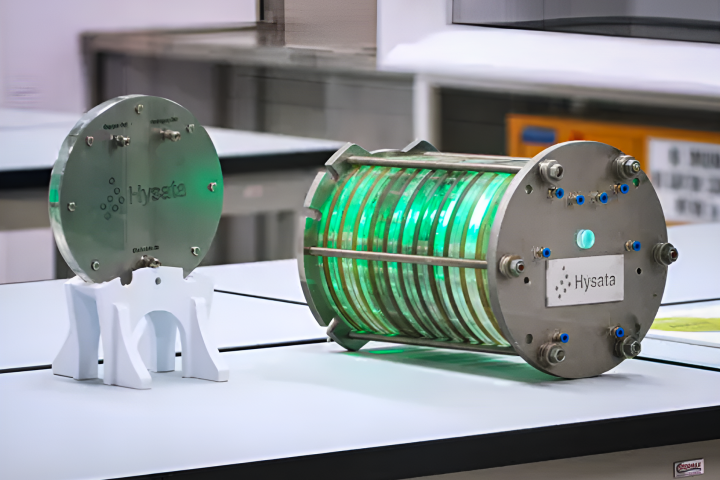A new process could drastically improve milk's staying power. Researchers at Purdue University have developed a quick-fire way to add several weeks of shelf life to milk and make it generally safer to consume. The process improves upon pasteurization, which extends shelf life to about two to three weeks, and brings the length of time milk can be safely stored in the fridge up to around seven weeks.
Pasteurization is a treatment first developed in the 19th century in which milk is heated to high temperatures for a short time (HTST) to reduce microbes that cause spoilage. When used in addition to pasteurization, Purdue food science professor Bruce Applegate says this new process can "add shelf life of up to five, six or seven weeks to cold milk."
The treatment involves exposing milk to low heat and pressure variation for short increments. The team found that heating milk stored at 4° C (39° F) by 10° C (18° F) for less than a second removed more than 99 percent of the bacteria still remaining after pasteurization — meaning there is less bacteria to grow inside the carton, which lets the milk last longer.
To test the low temperature, short time (LTST) method, tiny droplets of pasteurized milk containing Lactobacillus and Pseudomonas bacteria were sprayed into a novel heated and pressurized chamber. Temperatures in the chamber were rapidly increased and decreased but remained under the 70° C (158° F) threshold used in pasteurization to better preserve the quality of the milk. After the process, the team reported that no detectable bacteria remained and the shelf life of the treated milk was extended to as long as 63 days.
That's a far bigger boost in shelf life than even higher tech methods we've seen involving things like silver nanoparticles. It could also compete with cold-pressure approaches we've seen lately that don't involve pasteurization.
"With the treatment, you're taking out almost everything," says Applegate. "Whatever does survive is at such a low level that it takes much longer for it to multiply to a point at which it damages the quality of the milk."
A key component of the process is the pressurized chamber developed by Millisecond Technologies of New York, which funded the Purdue study along with Agricultural Research Service of the U.S. Department of Agriculture, the Center for Food Safety Engineering at Purdue. According to the device's patent, it's the combination of applying both varying heat and pressurization that makes milk safer for longer.
"It has been discovered that exposing a liquid product to a sharp pressure differential, which may or may not be associated with heating the liquid product, destroys microorganisms, including microorganisms that are heat resistant," the patent reads.
Taste testing revealed that milk run through the new process did not produce detectable differences in color, smell or taste compared to typical pasteurized milk.
The team is hopeful that the new process will reduce wasted milk and allow the product to be transported to more distant locations and last longer once it arrives.
A possible next step could be to test the process on unpasteurized milk to see if it might work as a standalone treatment. If it proved successful, the process would have the potential to reduce energy and time expended in pasteurization.
A paper detailing the process is published in the journal SpringerPlus.
Source: Purdue University, U.S. Patent Office




